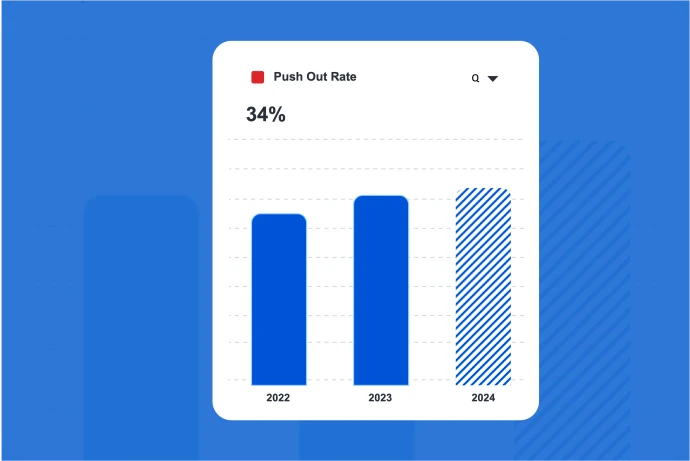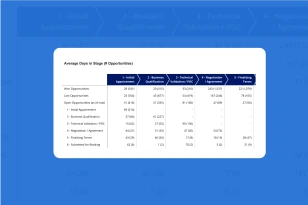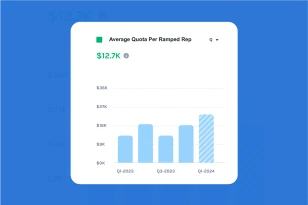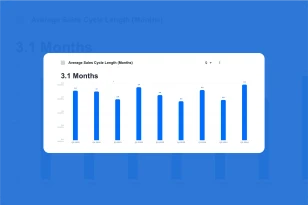What is Push Out Rate?
Push Out Rate measures the frequency with which deals are delayed or pushed out in the sales pipeline. It reflects the challenges or obstacles faced by the sales team in closing deals within the current period.
Why is it important to monitor Push Out Rate?
The Push Out Rate is significant for several reasons:
- Sales Pipeline Visibility: Monitoring this metric provides insights into the challenges and obstacles that may affect the smooth progression of deals in the sales pipeline. It enhances visibility into potential delays.
- Risk Identification: A higher Push Out Rate can indicate potential risks or issues in the sales process. Identifying and understanding these challenges early allows for proactive risk management and mitigation.
- Resource Planning: It contributes to effective resource planning by highlighting areas where additional support or resources may be needed. This insight helps allocate resources more efficiently and address bottlenecks.
- Customer Expectations: Understanding the Push Out Rate is crucial for managing customer expectations. It allows the sales team to communicate more effectively with customers about potential delays and set realistic timelines.
How do you calculate Push Out Rate?
Push Out Rate Formula
Number of Deals with a close date that moved out to a future period
/ Number of Deals closed in the period) * 100
How do you improve Push Out Rate?
Reducing the Push Out Rate involves strategies to address challenges and streamline the sales process. Here are some approaches to improve this metric:
- Comprehensive Sales Training: Provide comprehensive training to the sales team to enhance their negotiation and objection-handling skills. Well-prepared sales representatives are better equipped to address customer concerns and close deals on time.
- Thorough Qualification Process: Implement a thorough qualification process to ensure that leads entering the sales pipeline are genuinely interested and ready to make a purchasing decision. This reduces the likelihood of delays due to unqualified leads.
- Advanced Analytics and Forecasting: Leverage advanced analytics and forecasting tools to predict potential challenges in the sales process. Use historical data to identify patterns that may lead to delays and take preemptive action.
- Regular Pipeline Reviews: Conduct regular reviews of the sales pipeline to identify deals that are at risk of being delayed. Collaborate with the sales team to address challenges and strategize on ways to prevent future delays.
- Data-Driven Decision-Making: Base decisions on data and insights derived from the sales process. Analyze the reasons behind past delays and use this information to implement data-driven improvements in the sales process.
- Proactive Problem Resolution: Develop a proactive approach to problem resolution. Anticipate potential challenges and implement strategies to address them before they lead to delays in deal closures.





